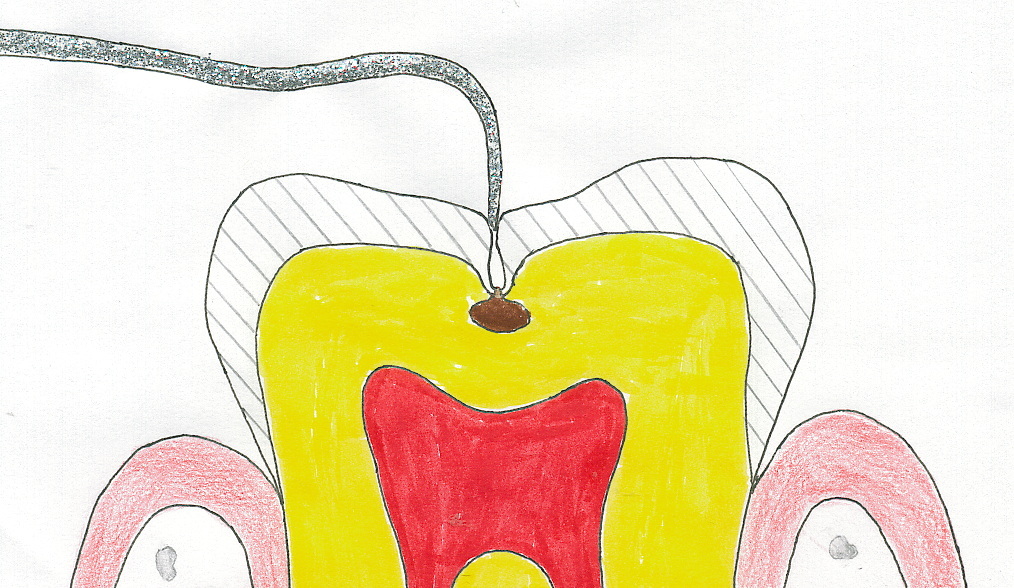DIAGNOdent
The accurate detection and diagnosis of dental caries (decay) in the grooves or fissures in the occlusal (biting) surfaces of teeth has long been extremely difficult. The fissures are often quite deep and narrow. They are large enough to trap food and plaque, but significantly narrower than the tip of a dental probe. Even if the fissure appears to be intact, decay can form at the base of the fissure. X-rays are excellent at detecting caries in the proximal surfaces of the teeth where food often packs between the teeth, but poor at detecting caries in the biting surfaces. For decay in the biting surfaces to be visible on an x-ray, it must be 2 3 mm into the dentine, or approximately one-third the width of the tooth.
Dental decay can quite rapidly spread once it gets into the dentine, which is significantly softer than the enamel. The larger the decay gets in the tooth, the greater the risk of pulp (nerve) damage in the tooth, and also, the larger the filling, the greater the risk of tooth fracture in the future. The earlier and more accurately the caries are detected, the more sound tooth structure can be retained.

The DIAGNOdent is a non-invasive laser that accurately detects changes in the tooth to a depth of 2 3 mm. Even if the tooth appears to be sound from the outside, the DIAGNOdent can detect decay occurring inside the tooth. The advantage of this new technology is that decay can be diagnosed earlier when the lesion is still small but with a high degree of accuracy. The subsequent filling can be kept as small as possible and conserve as much sound tooth as possible.
®
® DIAGNOdent is a registered trademark of Kavo.
Decay >
werribee dental clinic

Dental Probe >